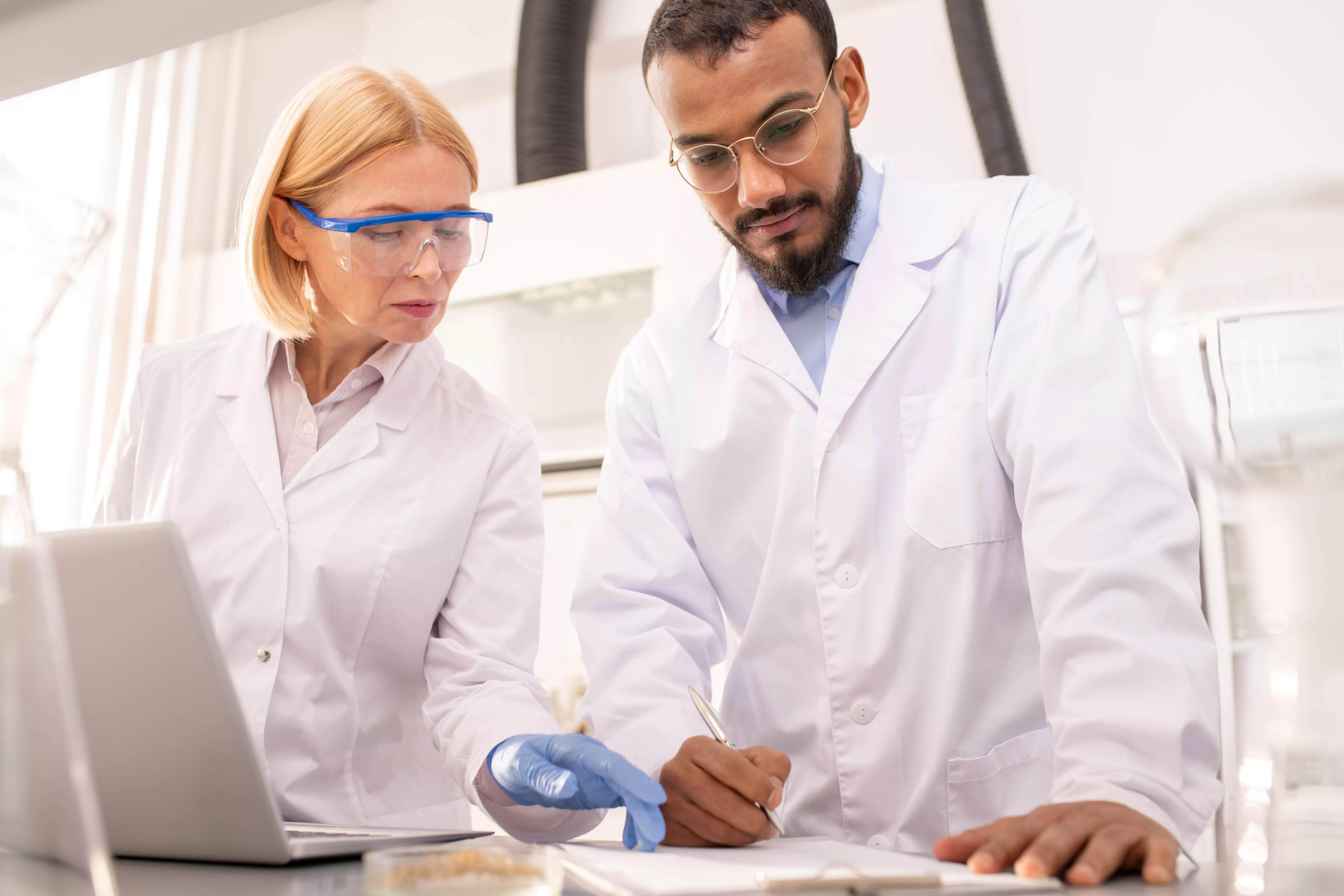Title: Review of scientific studies on secondhand smoke
Secondhand smoke has long been the subject of scientific research due to its effects on health. In this article, we will discuss the most important results of these studies.
What do the epidemiological studies say?
Epidemiological studies that analyze the patterns, causes and effects of health conditions in populations have shown strong evidence of the harmfulness of secondhand smoke. These studies have shown that people exposed to secondhand smoke have a higher risk of heart disease, lung cancer and other respiratory diseases.
What do the laboratory studies say?
Laboratory studies that analyze the composition of tobacco smoke and its effects on cells and tissues in the laboratory also confirm the harmfulness of secondhand smoke. Passive tobacco smoke contains many toxic substances, including heavy metals, carcinogens and toxins that can cause cell and tissue damage.

What does the research say about children's exposure?
Studies on children's exposure to secondhand smoke have shown that children who are regularly exposed to secondhand smoke have a higher risk of a range of health problems, including respiratory infections, asthma and even sudden infant death.
What does the research say about the impact on the economy?
Research on the economic impact of secondhand smoke also confirms its harm. The health and economic costs associated with secondhand smoke are significant, including direct health care costs as well as indirect costs such as lost productivity.
Summary
The scientific evidence on the harmfulness of secondhand smoke is strong and poignant. Secondhand tobacco smoke is harmful to health, causes a range of health problems and has a significant economic impact. Measures should be taken to reduce exposure to secondhand smoke to protect public health.
Add comment